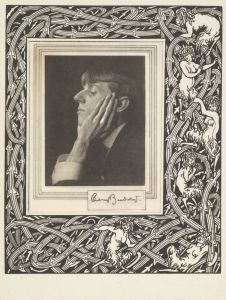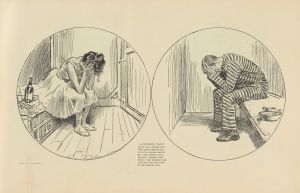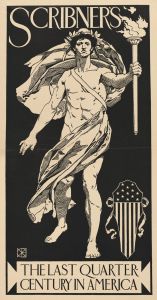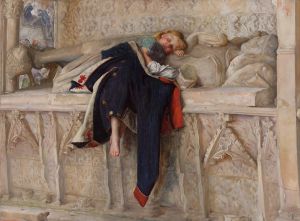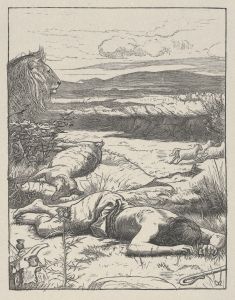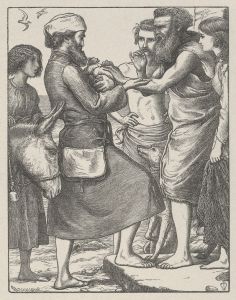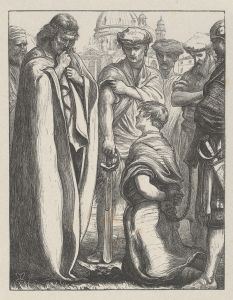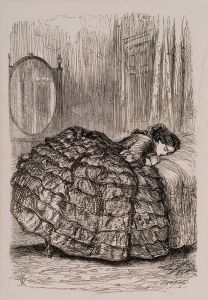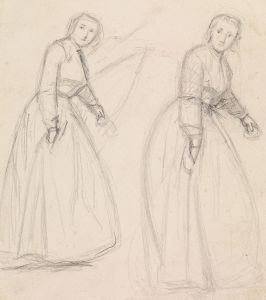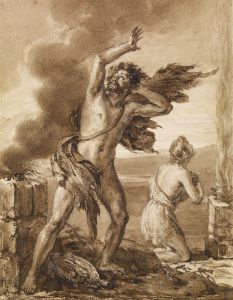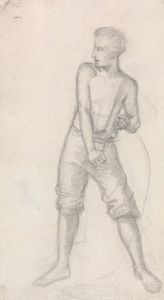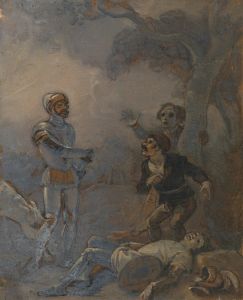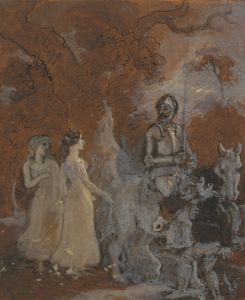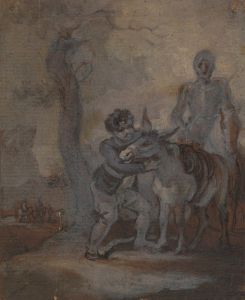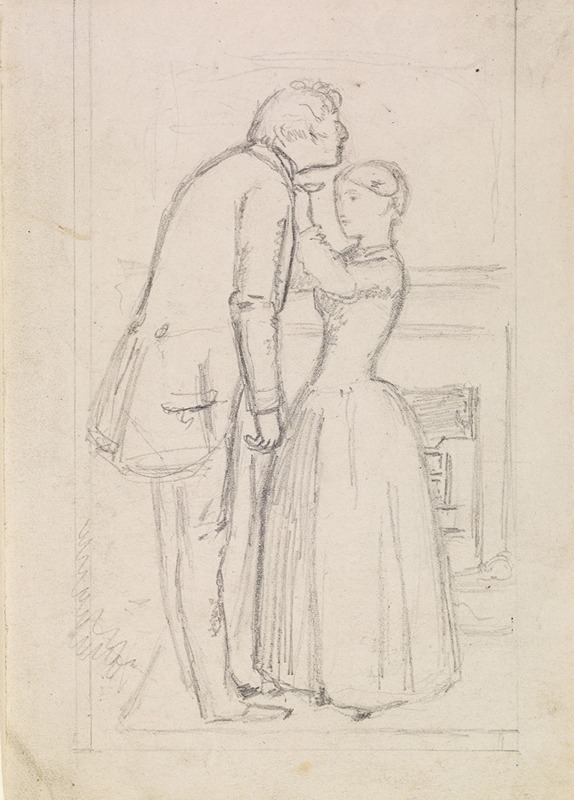
Wilkie Collins’s Mr Wrays Cash-Box – Figure Sketch
A hand-painted replica of Sir John Everett Millais’s masterpiece Wilkie Collins’s Mr Wrays Cash-Box – Figure Sketch, meticulously crafted by professional artists to capture the true essence of the original. Each piece is created with museum-quality canvas and rare mineral pigments, carefully painted by experienced artists with delicate brushstrokes and rich, layered colors to perfectly recreate the texture of the original artwork. Unlike machine-printed reproductions, this hand-painted version brings the painting to life, infused with the artist’s emotions and skill in every stroke. Whether for personal collection or home decoration, it instantly elevates the artistic atmosphere of any space.
Sir John Everett Millais, a prominent figure in the Pre-Raphaelite Brotherhood, created the illustration Mr. Wray's Cash-Box as part of his work for Wilkie Collins's novella Mr. Wray's Cash-Box; or, the Mask and the Mystery. The novella was first published in 1852, and Millais's illustration accompanied the serialized or printed version of the text. This collaboration between Millais and Collins represents a significant intersection of Victorian literature and art, as both figures were influential in their respective fields during the 19th century.
The illustration, subtitled Figure Sketch, reflects Millais's characteristic attention to detail and his commitment to the Pre-Raphaelite ideals of realism and intricate representation. The Pre-Raphaelite Brotherhood, co-founded by Millais in 1848, sought to reject the academic conventions of the time and instead drew inspiration from early Renaissance art, emphasizing vivid detail, vibrant colors, and a truthful depiction of nature and human emotion. These principles are evident in Millais's work for Mr. Wray's Cash-Box, as he carefully rendered the characters and scenes to complement Collins's narrative.
Wilkie Collins, a close friend of Charles Dickens, was known for his contributions to the development of the sensation novel and detective fiction. Mr. Wray's Cash-Box is one of his early works, and while it is not as well-known as his later novels such as The Woman in White or The Moonstone, it showcases his emerging talent for crafting engaging and suspenseful stories. Millais's illustration would have served to enhance the reader's experience of the novella, providing a visual interpretation of the text and drawing attention to key moments or themes.
The collaboration between Millais and Collins is notable as it highlights the interdisciplinary connections between Victorian art and literature. During this period, it was common for artists and writers to work together, particularly in the context of serialized publications, which often included illustrations to attract and engage readers. Millais's work for Mr. Wray's Cash-Box is an example of this practice and demonstrates his skill as an illustrator in addition to his achievements as a painter.
While the specific details of the Figure Sketch illustration are not widely documented, its association with both Millais and Collins underscores its significance within the broader context of Victorian cultural production. The partnership between these two figures exemplifies the collaborative spirit of the era and the mutual influence of visual and literary arts during the 19th century.





